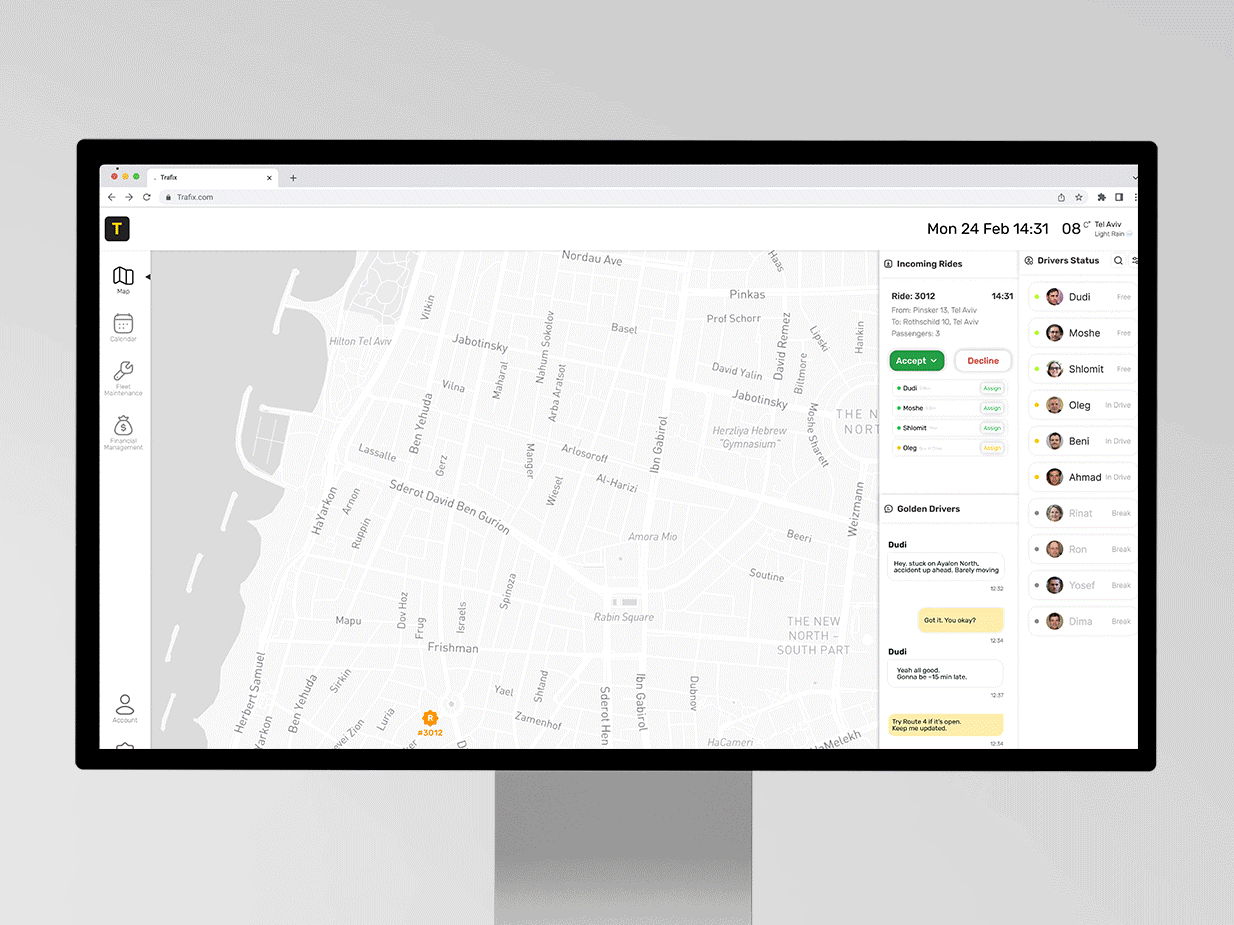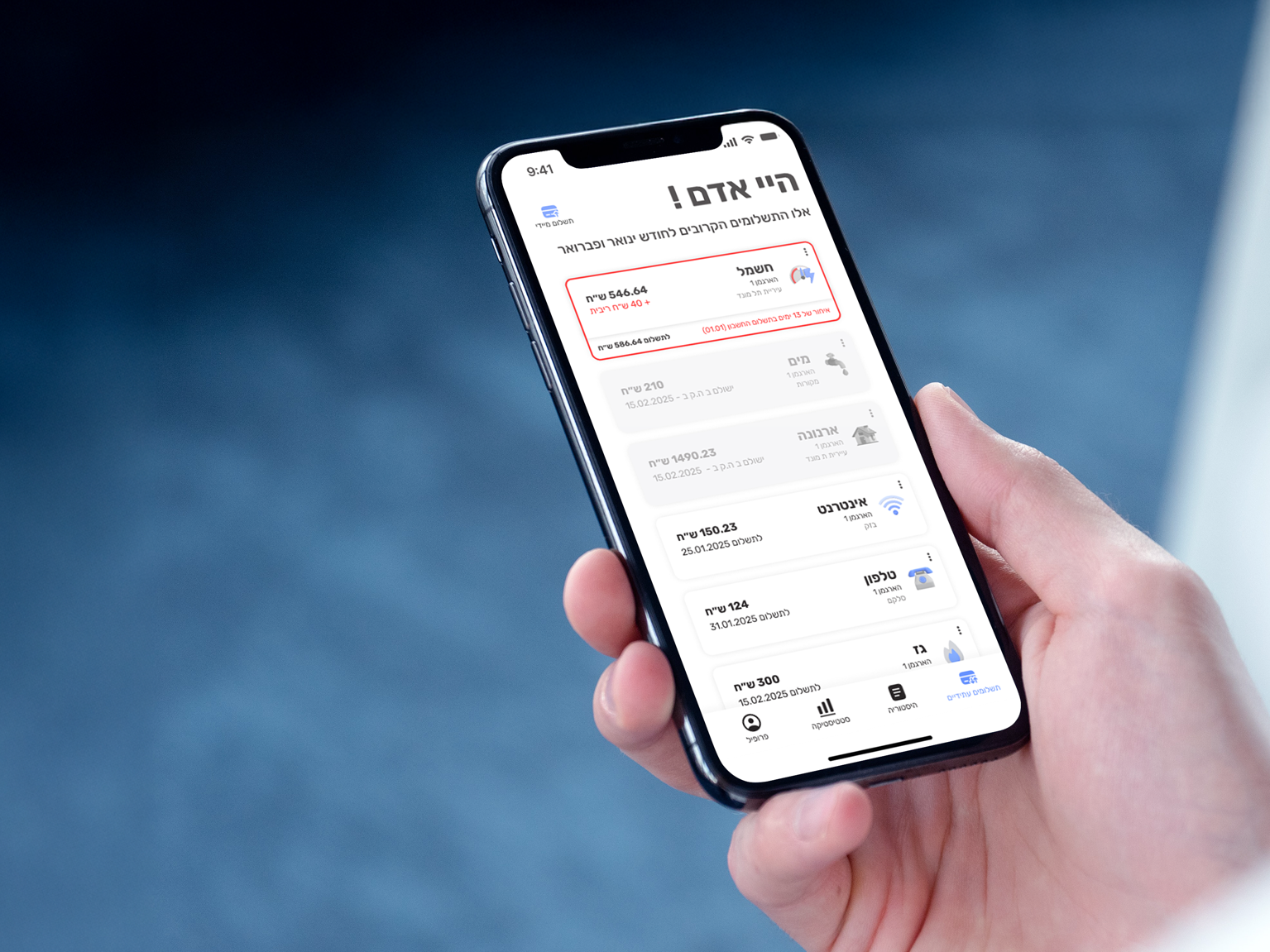Hot Debrief tool
Project Type
Conceptual project
Conceptual project
My Responsibilities
Research, UX Design, UI Design
Research, UX Design, UI Design
The Problem
What’s broken in the real world
In high-stakes operations, teams often debrief too late, when emotions cool and details fade. Critical insights slip away, and learning opportunities are missed.
There’s a clear need for a tool that supports quick, structured reflection — right when it matters most.
The Goal & Vision
What we set out to create
The Hot Debrief Tool was built to guide teams through structured debriefs immediately after operational events, when individuals are still emotionally charged and cognitively unfocused.
The goal: create a focused and minimal environment that enables effective hot debriefing, even in moments when attention is low and mental overload is high.
User Understanding
Who is this really for
Effective hot debriefing depends not only on timing but on understanding who is being asked to reflect.
To design the right experience, I focused on the two key roles involved — each facing a different kind of difficulty in the moments after action.
Task Flow
How users get things done
The tool is built around structured flow, designed to support clarity in the immediate aftermath of an event.
Features
Interface with Thinking Behind It
UI powered by UX logic
The interface was shaped by one guiding principle: meet users where they are, not where we expect them to be. Each element was designed to reduce cognitive load, support emotional distance, and guide users through reflection successfully.
Two Entry Points – Two Mindsets
The Situation: After intense events, users come in with different mental states. Some need to reconstruct what happened, others are ready to speak.
Design Approach: The tool offers two distinct flows:
Timeline-first for memory mapping
Prompt-first for direct reflection
Minimal Prompts, Maximum Precision
The Situation: Users are emotionally reactive and cognitively overloaded. Open-ended questions can overwhelm.
Design Approach: Each step asks a single, tightly scoped question. Prompts are clear, closed, and built to elicit operational insights.
Responses are formatted in bullet points, making it easy to focus on key takeaways with minimal effort.
Flexible Summary – Actionable Output
The Situation: After input is collected, users need clarity and control over what happens next.
Design Approach: A structured summary is auto-generated. Users can edit, add tags, and choose to either save the reflection privately or forward it to a team lead.
This supports both private processing and operational use, empowering the user to decide what stays personal and what becomes part of team learning.
Design Thinking & Product Vision
Crafting a tool around mental states
This project challenged me to design not around tasks, but around mental readiness.
The users weren’t just operating under pressure. They were processing reality as it unfolded or even before they could.
As a designer, I focused on creating a mental environment, not just a digital space.
That meant stripping away aesthetic noise, reducing interactions to micro-decisions, and building logic that flexes with emotional availability.
Each UX choice from flow options to question phrasing was a response to a user state, not just a role.
Instead of designing one system for one user type, I built a lightweight adaptive structure that responds to different coping modes.


